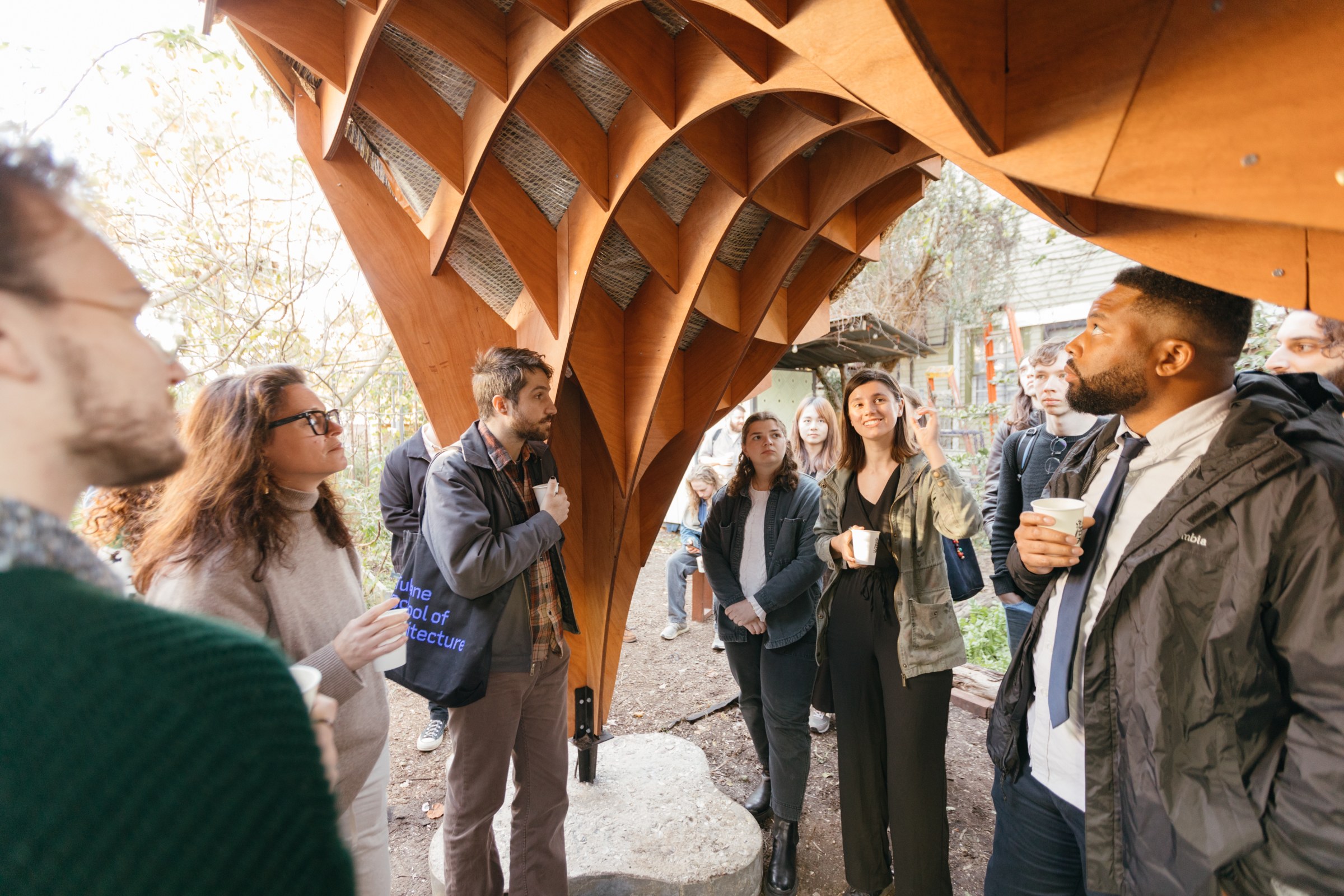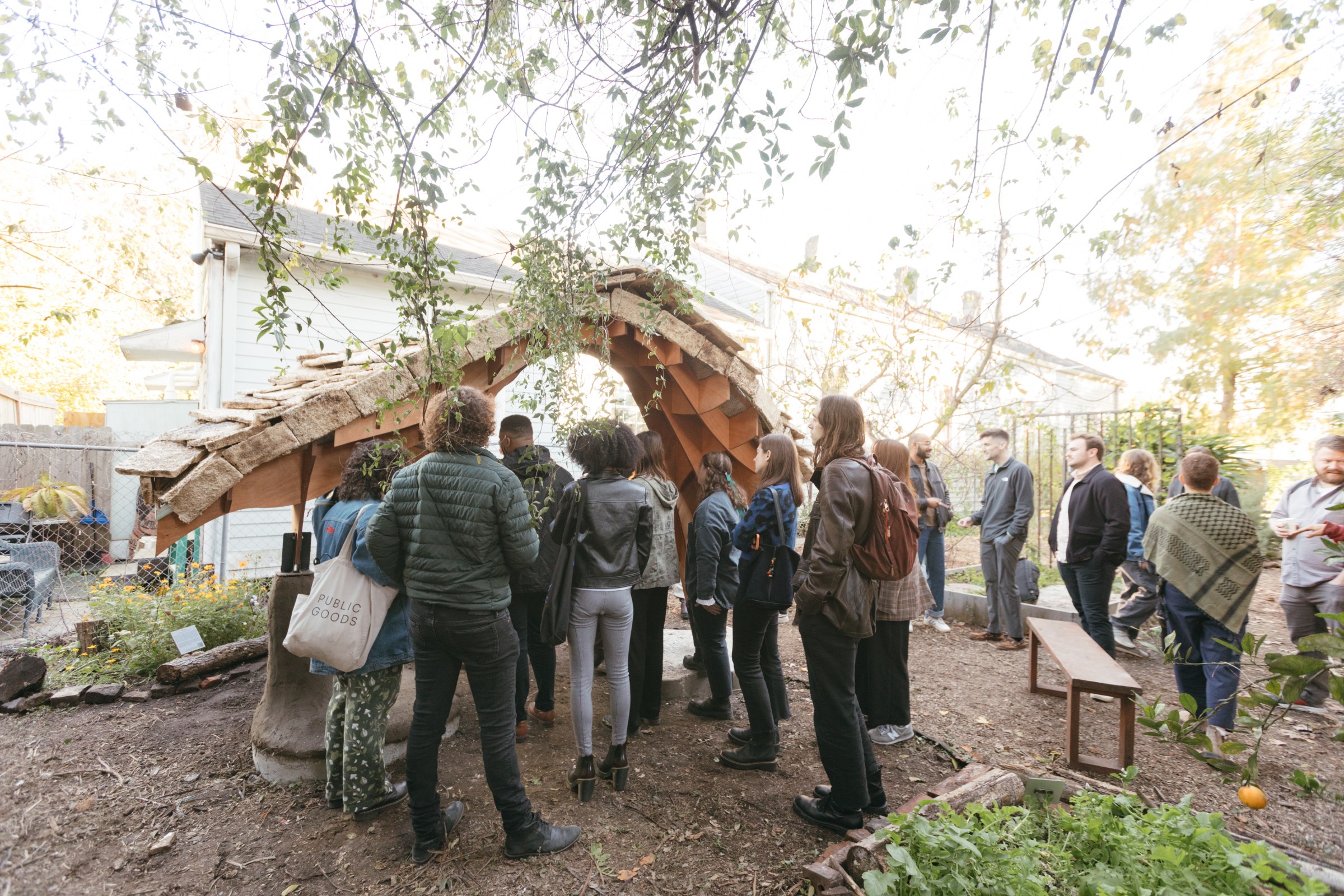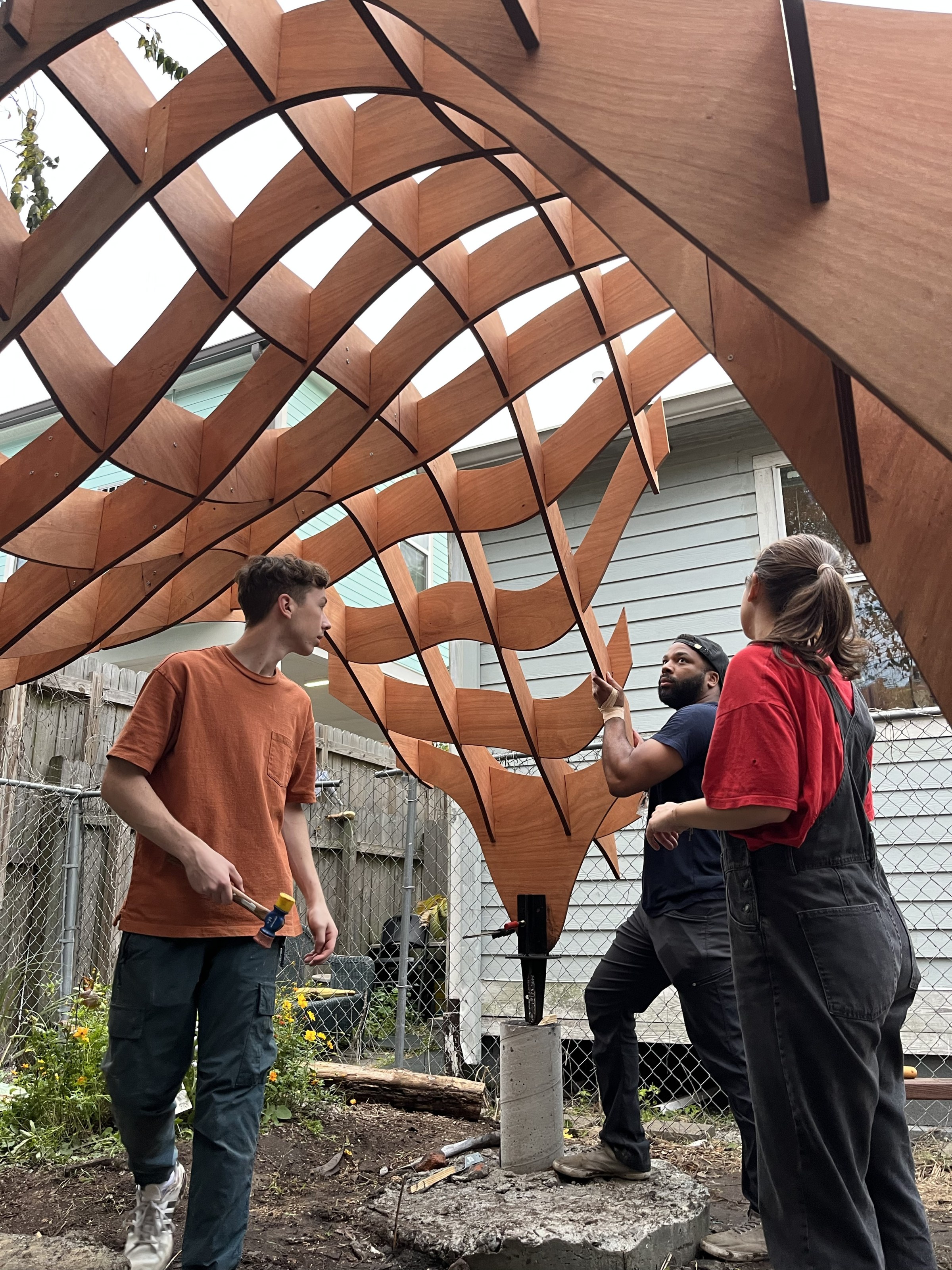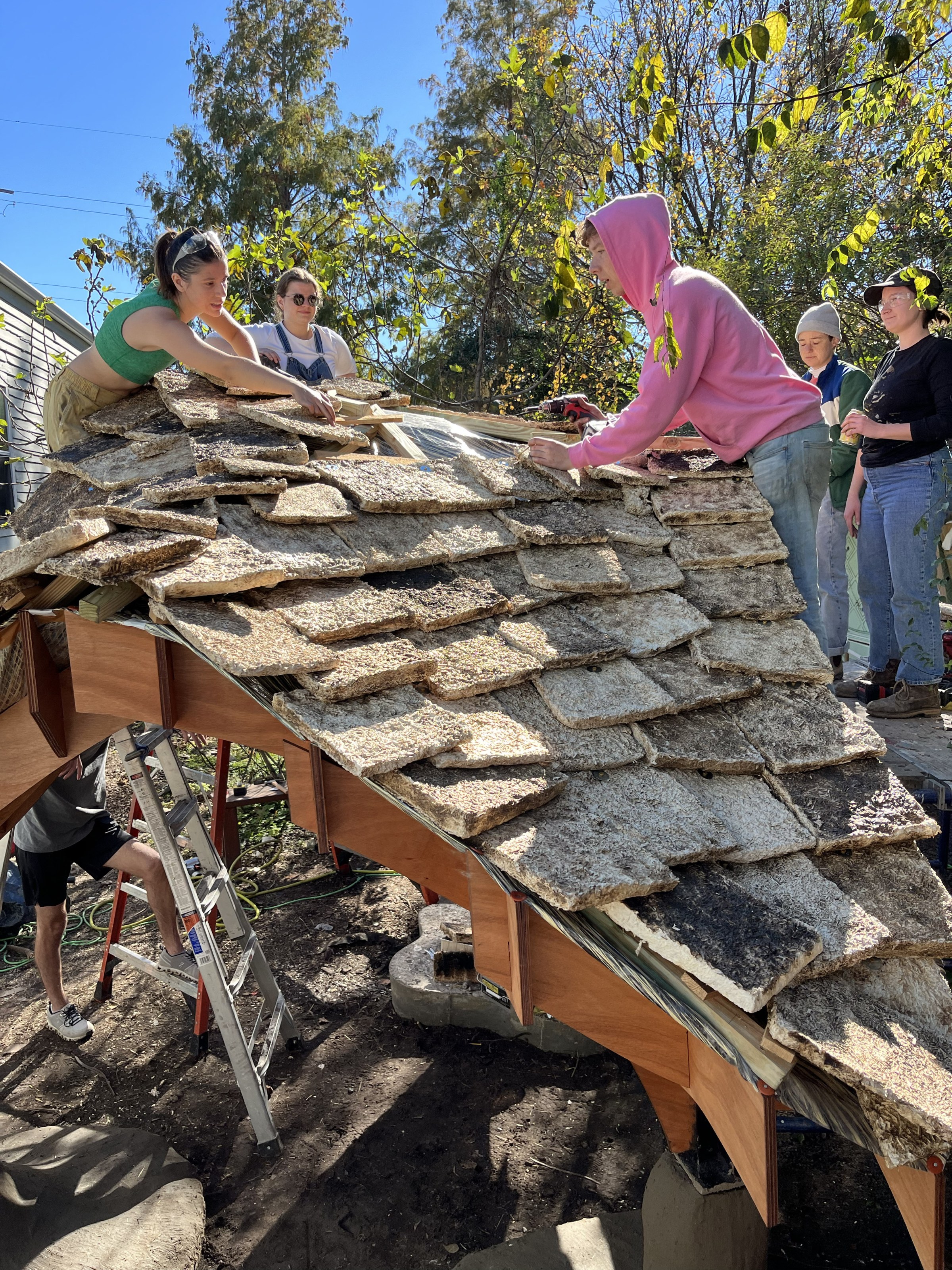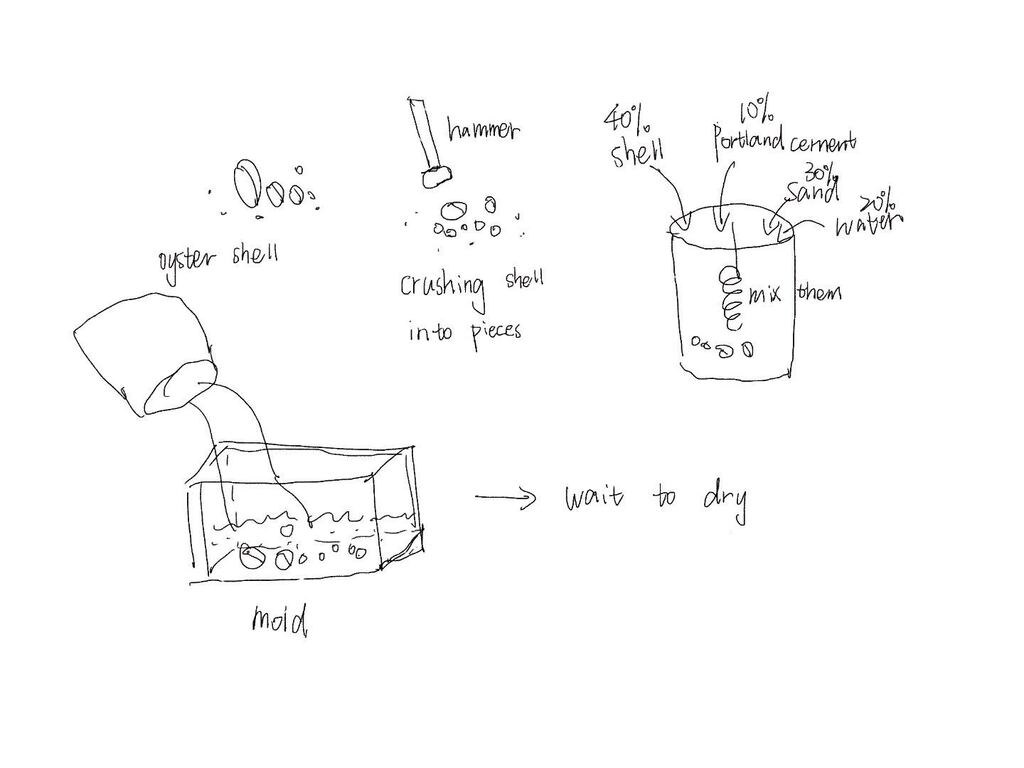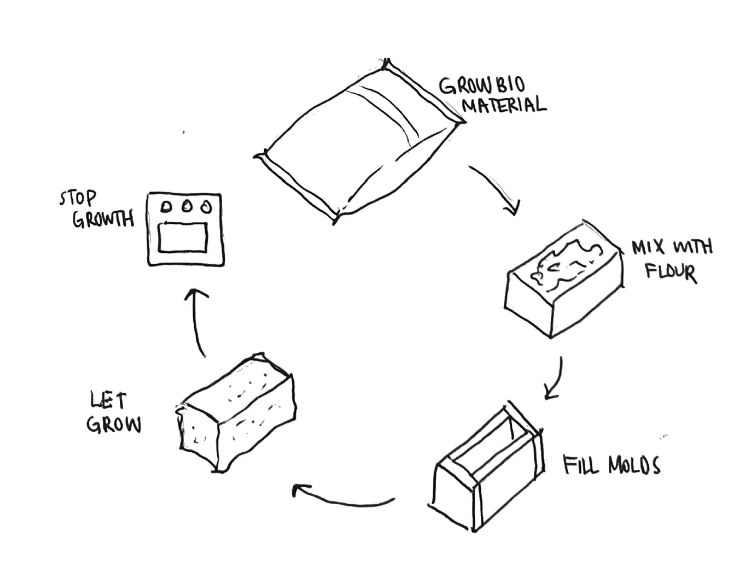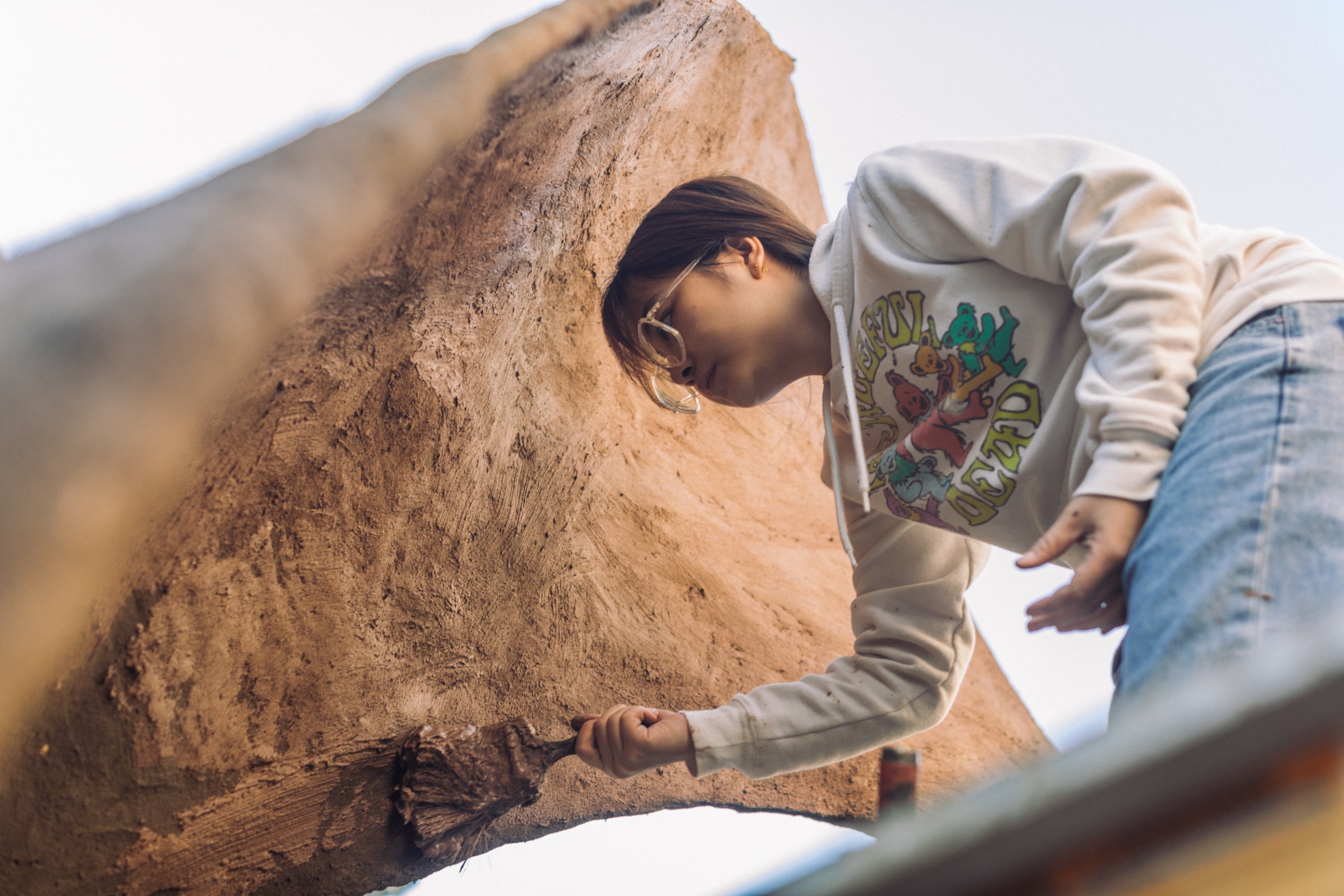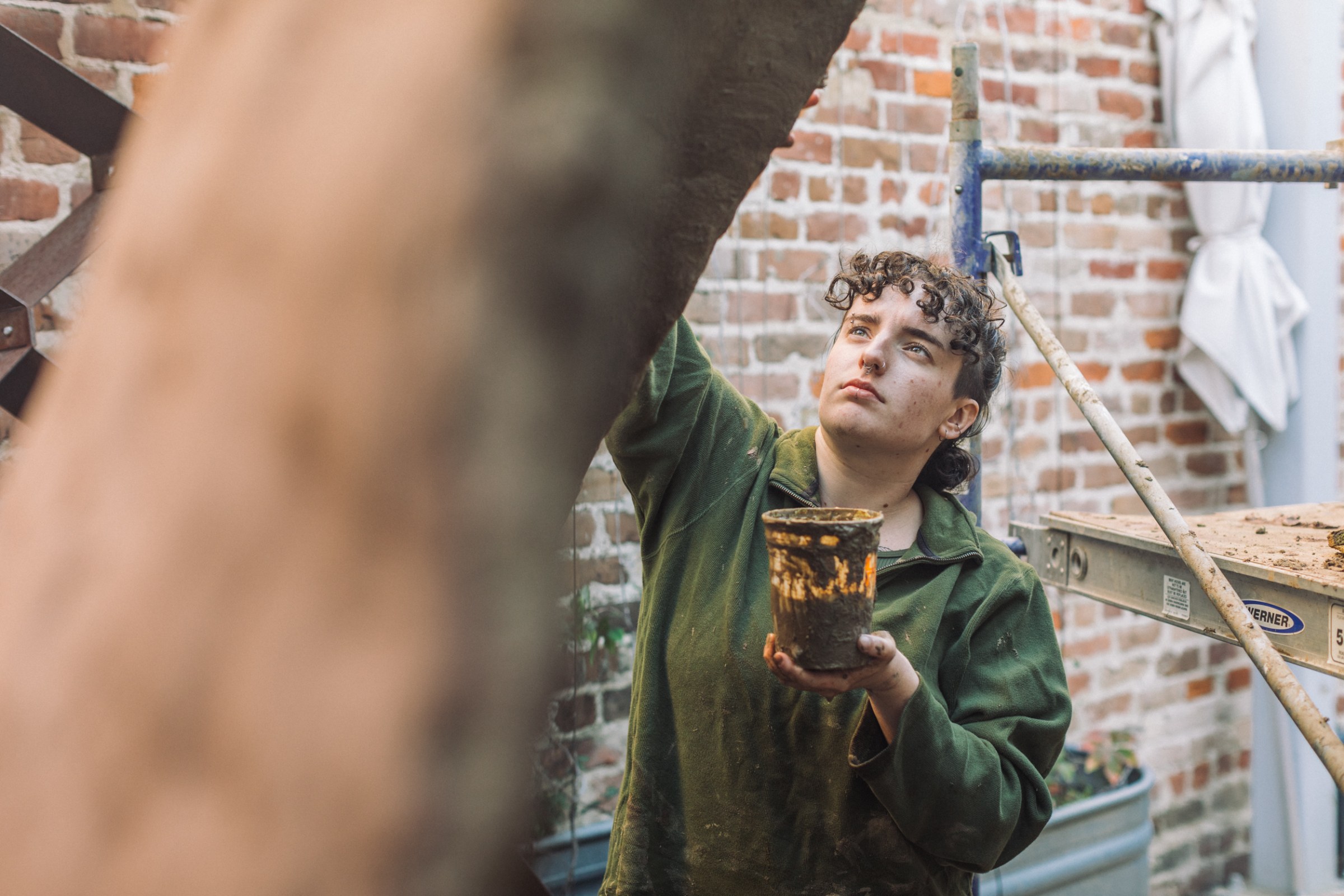Thesis Highlights
Small Center, Materials of Abolition
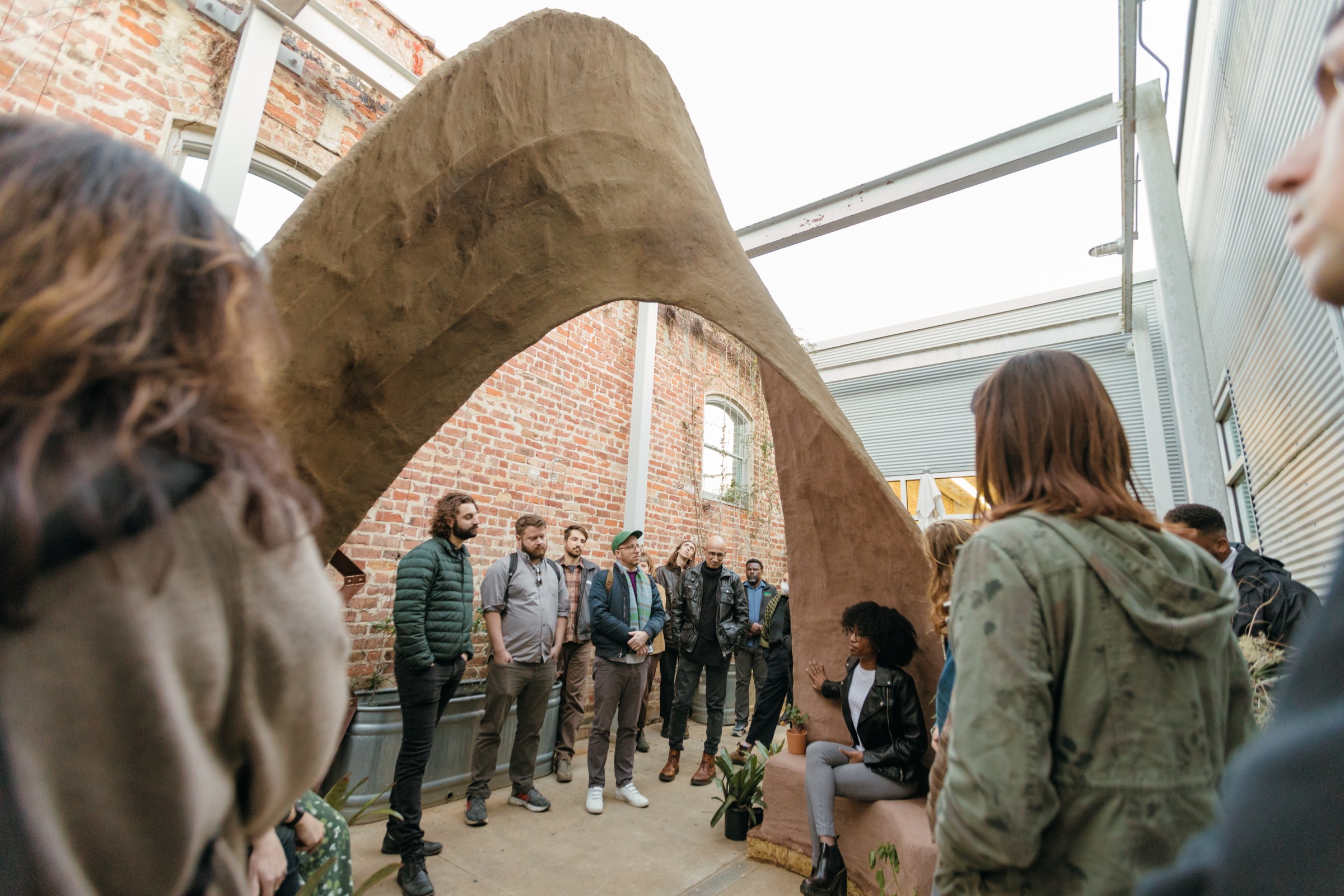
This design-build studio, led by the Albert and Tina Small Center for Collaborative Design, focuses on material explorations with ongoing partners Solitary Gardens and the John Thompson Legacy Center.
The studio’s collaborative design work will reimagine our relationship with building materials toward more regenerative ends and result in a series of installations across the city. The work will directly inform the spring studio project and students will be part of the 20th year impact assessment work the Small Center team is engaged in.
The climate is changing with each week bringing new news of environmental calamity from fires to floods to landslides. This change in global weather patterns is a result of human induced rise in CO2 emissions tracing back to the industrial revolution. The structures and underpinnings of this revolution that have allowed a greater quality
and length of life are now endangering both humanity and ecosystems of the earth. According to the World Green Building Council, buildings are currently responsible for 39% of global energy related carbon emissions: 28% from operational emissions, from energy needed to heat, cool and power them, and the remaining 11% from materials and construction. In short, the standard way of designing and building structures is unsustainable and changing the way we build can be a powerful driver in reducing global emissions.
Growing from a larger acknowledgement of the harm our profession causes, and in collaboration with a not-for-profit community organization working on abolishing systems of incarceration, this studio focused research on. reimagining materials and processes to reduce harm to the environment and our social and ecological networks. Building on the bio-based materials work of firms such as Grimshaw, Material Cultures, and academic research projects such as the Parsons Healthy Materials Lab, the thread of investigation was how to repair the harm of our cycles of production and create sustainable social and economic and environmental ecosystems within projects - from rethinking materials, to reimagining the design process.
Students explored hyper-local material and manufacturing, grounding investigations in the work of our partner organization (gardening and advocacy organization, Solitary Gardens). The studio developed new material composites using bio-based byproducts of local industry, concluding in the design and fabrication of two small scale structures
and an exhibit which shared the outcomes of the research. The pressing environmental and social issues we face are complex, layered, and seem beyond an individual’s ability to change. The semester was a case study in small collective acts that have impact and interdisciplinary collaborations that raise awareness, build support, and advocate for change.
WORK
